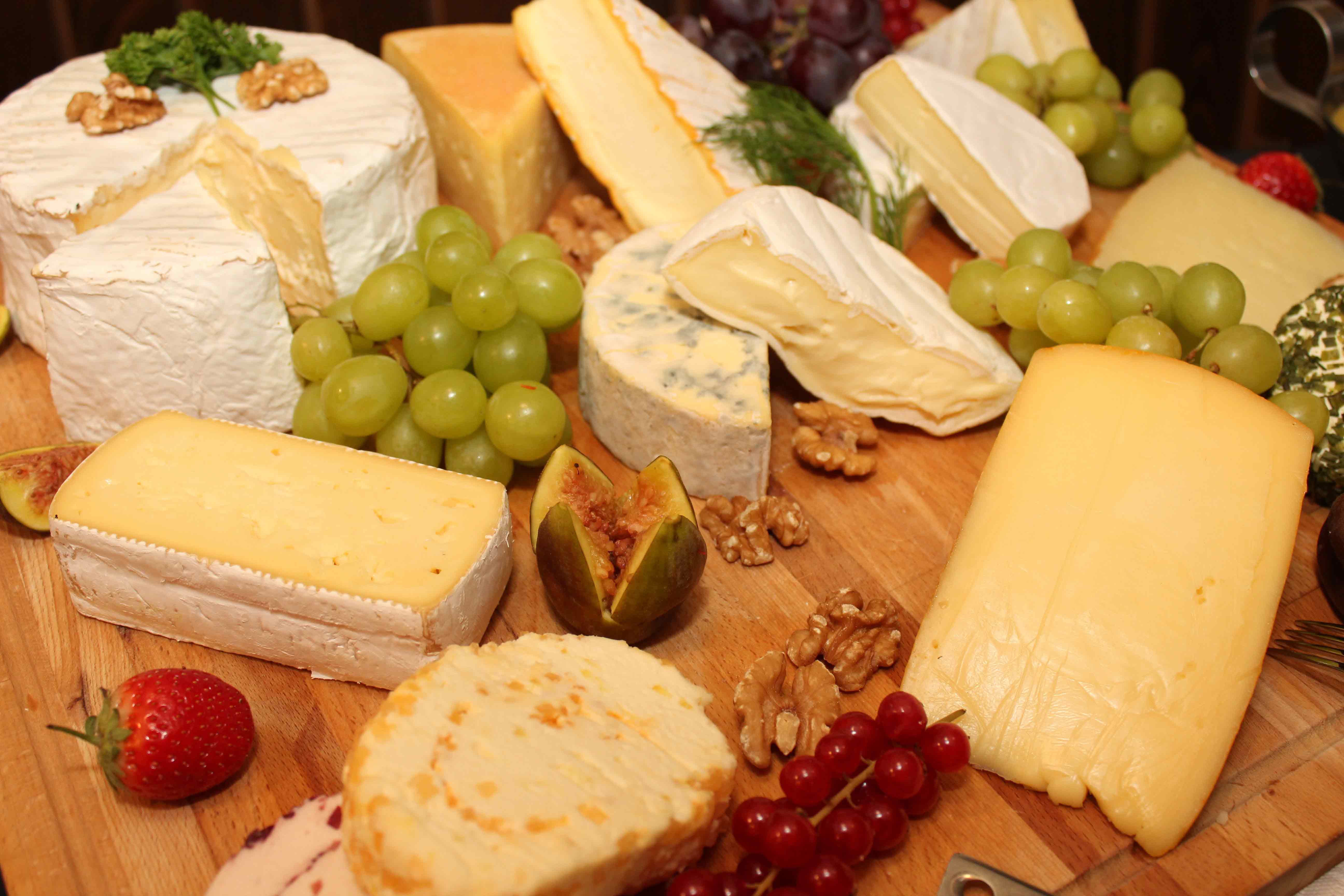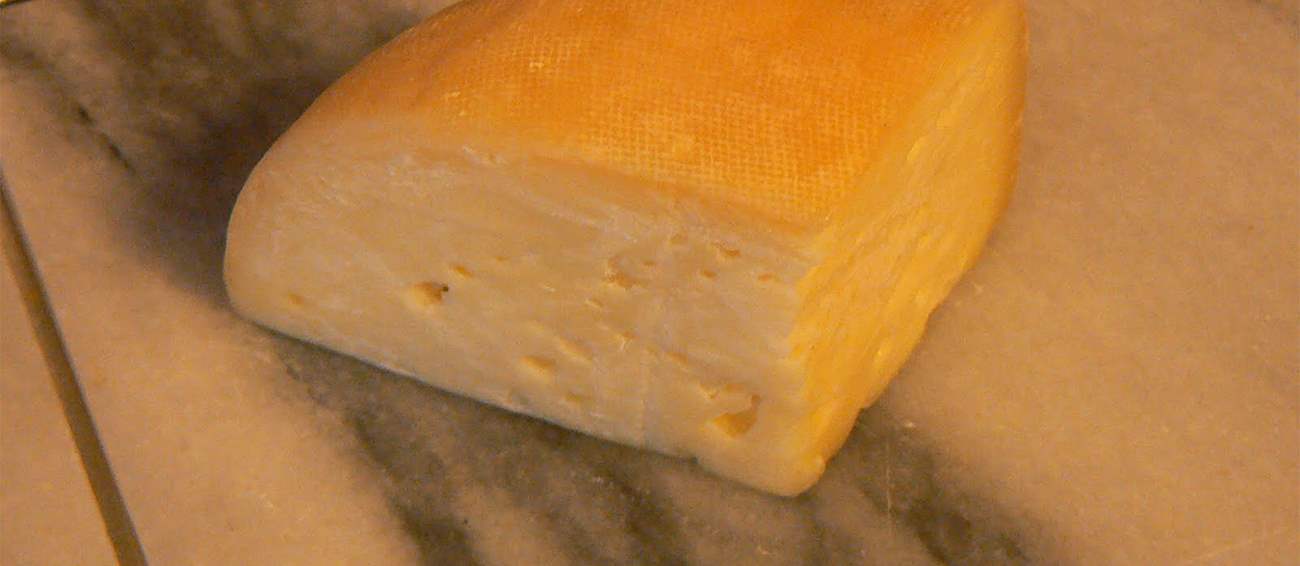Cheese, a globally cherished culinary delight, emerges as not just a delectable dairy creation but also unveils a rich history as ancient as human civilization itself. In this article, NotWiki delves into the captivating journey of cheese, unraveling its origins to the contemporary era.

The History of Cheese
Discovered by accident, cheese first emerged in the Middle East, precisely in the Fertile Crescent, around 8000 years before the Common Era—an era without kingdoms, weapons, or writing. The rise of agriculture encouraged Neolithic farmers to cultivate livestock for meat and milk.
However, a unique event occurred when they left freshly milked milk exposed to the sunlight for several hours. Not only did the milk change color, it also underwent a taste transformation to sour, with soft clumps appearing at the bottom of the liquid.
Although in our modern era, we understand that this occurs due to lactic acid in the milk causing protein coagulation and the formation of clumps, Neolithic farmers perceived it as something unique. They attempted to separate the liquid from the soft clumps beneath, unsuspecting that these curds could be consumed and had a delicious taste. These clumps later became the foundation for the cheese-making process as we know it today.
The invention of cheese provided many benefits to neolithic farmers, especially in terms of survival. Milk, which is rich in protein, fat, and minerals, unfortunately also contains lactose, an ingredient that is difficult for the human digestive system to digest. But on the other hand, cheese retains the same nutritional benefits as milk but has lower lactose , making it a valuable commodity at the time.
Cheese can also be stored for a long time, making it an invaluable food source in times of drought or winter.
By the end of the Bronze Age, cheese had become a standard commodity of maritime trade in the eastern Mediterranean. Even further, in Mesopotamia, cheese had become a part of culinary and religious ceremonies.

The art of cheese-making eventually spread worldwide, leading to an increase in cheese variants with local flavors where they were made. For example, Mongolian nomads used Yak milk to make a hard-textured cheese called Byaslag or Egyptians made a similar cheese from goat’s milk.
Cheese Development Around the World
Deep into South Asia, milk is coagulated with many other foods such as lemon juice, vinegar and yogurt and then strung into paneer. This cheese variation can be added in curries or simply fried into vegetarian food.

In Europe, the Greeks in Sicily began making salty feta cheese shaped like bricks, as well as a harder type of cheese similar to today’s pecorino cheese. Under Roman rule, “dried cheese” or “caseus aridus” became a crucial food supply for 500,000 soldiers guarding the vast borders of the Roman Empire.
Even after the fall of the Western Roman Empire, cheese-making continued to evolve. In the rural areas and Benedictine monasteries scattered across Europe, medieval monks continued experimenting with various milk types. It was through their efforts that we came to know cheeses such as Parmesan, Roquefort, Munster, and several Swiss cheese varieties—all refined and perfected by these cheese-making monks.
In the Alps, cheese production became so successful and lucrative that it led neighboring countries to invade to seize the Gruyère region and take control of the cheese trade. Cheese remained popular through the Renaissance and into the Industrial Revolution, when cheese was no longer made in monasteries but moved to factories.
Cheese Today
Today, approximately 22 billion kilograms of cheese are produced worldwide each year for consumption. More than 10,000 years after its discovery, cheese remains an integral part of human life as a food ingredient. Of course, we must also thank cheese developers around the world so that we can enjoy a variety of cheeses today.